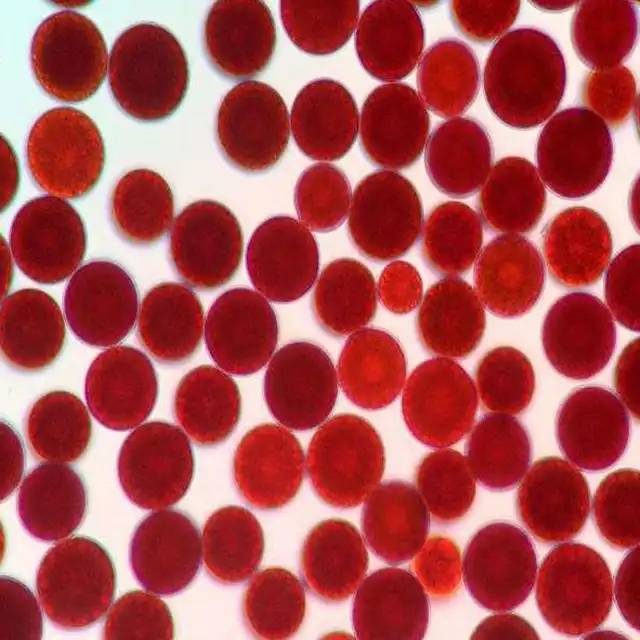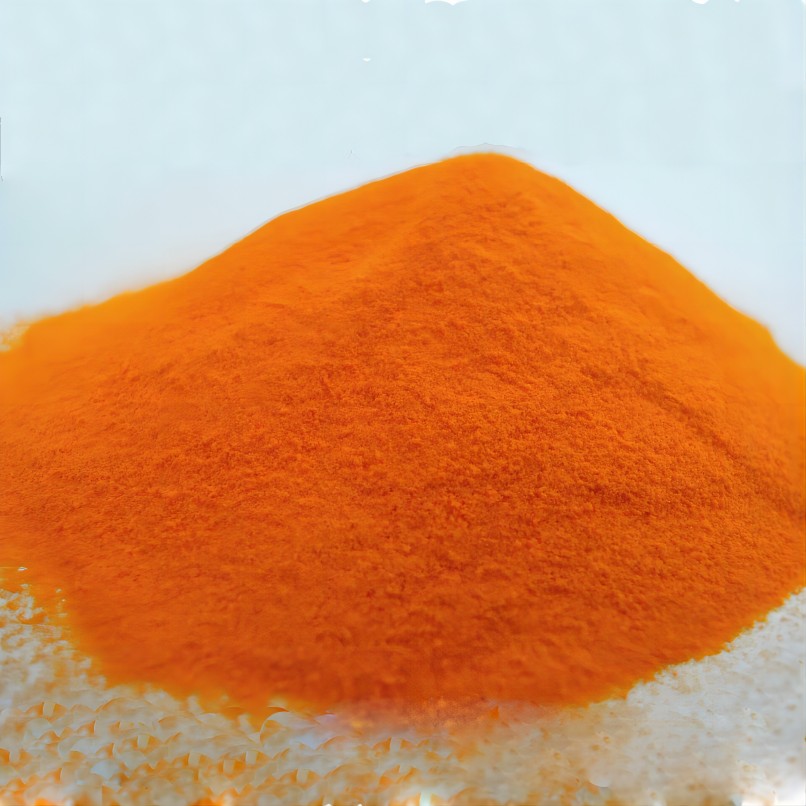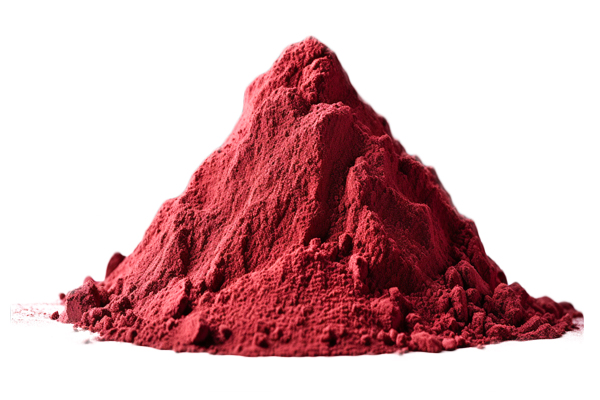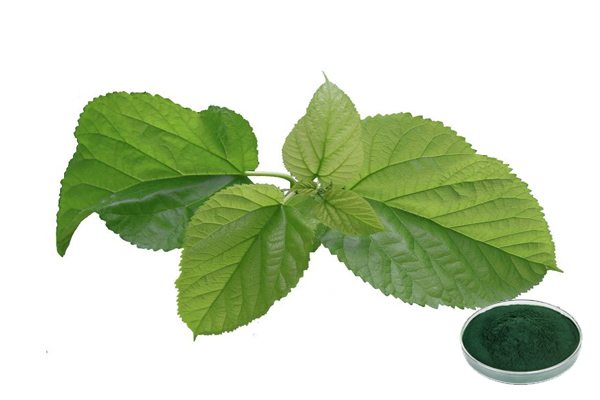Astaxantina Natural oleorresina 10%
Nombre del producto :Natural astaxantina oleorresina 10%
Fuente :Haematococcus Pluvialis
Ensayo :10%
Método de ensayo :HPLC
Aspecto: rojo o rojo oscuro líquido viscoaceit.
Residuos de plaguicidas: cumplir con la norma (CE) n º 396/2005
- descripción
- Hoja de datos
- Certificado de certificado
-
¿Qué es la oleorresina Natural de astaxantina?
elfinest source of 100%Astaxantina natural available is Haematococcus Pluvialis. The purity of the powder is up to 5 percent; and the astaxanthin oleoresin is up to 10 percent. It can significantly improve the body's inmunidad y tiene un importante efecto antifatiga debido a su capacidad para unirse no específicamente al músculo esquelético, que puede eliminar eficazmente los radicales libres generados por el ejercicio en las células musculares y fortalecer el metabolismo aerób.
Oleorresina de astaxantina, generalmente el contenido de levoastaxantina es de 5%, 10%, o 20%-40%. El aceite de astaxantina utiliza principalmente un proceso de extracción con disolvente o un proceso de extracción supercrítico. Es un líquido aceitoso rojo o rojo oscuro.
The Natural Astaxanthin Oleoresin 10% supplied by Green Spring Technology is made of nature's mayor contenido de astaxantina de Haematococcus Pluvialis Y cultivar las algas a través de una habitación estéril. El ambiente cerrado y de alta presión permite a las algas acumular rápidamente astaxantina, y luego la pura oleorresina de astaxantina Se extrae utilizando tecnología de extracción propia. Esto asegura la evitde residuos de metales pesados y disolventes orgánicos y la garantía de calidad.
La producción de la tecnología Green Spring está estrictamente de acuerdo con las normas ISO, HACCP y otras normas de calidad. Tenemos un riguroso proceso de control de calidad interno para asegurar que se cumplan los estándares de calidad. Cumplimos con la farmacopea europea, la farmacopea estadounidense y la farmacopea japonesa, los residuos de plaguicidas, metales pesados y residuos de disolventes están en línea con las normas internacionales. Los informes de pruebas autorizados de terceros están disponibles.
Especificaciones:
Nombre del producto
Astaxantina Natural oleorresina 10%
CAS No.
472-61-7
fuente
Haematococcus Pluvialis
Ensayo ensayo
10%
Método de ensayo
HPLC
apariencia
Líquido viscoso oleoso de color rojo o rojo oscuro
Residuos de plaguicidas
Cumplir con la norma (CE) n º 396/2005
Reglamento:
Se ajusta a la normativa de la UE.
Learn More About Our Comprehensive Solution for Natural Astaxanthin Ingredient.
¿Busca un presupuesto?Benefits:
Antioxidant
Oxidative damage is caused by the reaction between free radicals and reactive oxygen species. Astaxanthin has a unique molecular structure with the presence of hydroxyl and keto groups on each ionic ring, which leads to high antioxidant properties. Carbonyl functional groups in carotenoids have high antioxidant activity and are not pro-oxidant. The polyene chain of astaxanthin traps free radicals in the cell membrane, while the terminal ring of astaxanthin scavenges some of the free radicals in the outer and inner layers of the cell membrane. Astaxanthin is a strong antioxidant a known fourth-generation antioxidant.
Relieves Visual Fatigue
Carotenoids play an important role in protecting against UV oxidation in nature, and their presence can be detected in tissues exposed to direct sunlight. UV damage to the eyes and skin has received widespread attention. Astaxanthin is more effective in preventing UV oxidation of lipids than β-carotene and lutein. Thus the UV-protective properties of astaxanthin play an important role in maintaining eye and skin health.
The main diseases causing visual damage and even blindness are age-related macular degeneration (AMD) and age-related cataracts, both of which are associated with photo-oxidative processes within the eye. Epidemiological studies have shown that oxidation increases the risk of AMD. Dietary supplementation with carotenoids (especially lutein and zeaxanthin) reduces the incidence of cataracts and AMD. Lutein and zeaxanthin are mainly concentrated in the optic macula; astaxanthin is structurally similar to lutein and zeaxanthin, but astaxanthin has stronger antioxidant and UV-protective effects.
Relieve Exercise Fatigue
When the body exercises muscles will release free radicals, these free radicals if not treated by antioxidants promptly, will produce oxidative stress. Resulting in muscle soreness or damage to muscle tissue. Studies have shown that astaxanthin can accumulate in the gastrocnemius muscle and cardiac muscle, and effectively reduce the exercise-generated 4-hydroxynonenal modification of proteins and 8-hydroxy-2-deoxyuridine content as well as creatine kinase, peroxidase activity. Therefore astaxanthin can effectively delay gastrocnemius and cardiac muscle fatigue and reduce the occurrence of delayed muscle soreness.
Applications:
For Health Products:
A large number of studies at home and abroad have shown that astaxanthin can effectively remove free radicals generated by exercise in muscle cells, strengthen aerobic metabolism, and have significant anti-fatigue and delayed aging effects. As a raw material, astaxanthin oleoresin is also used in healthcare products.
In the Food Field:
In the food industry, astaxanthin can not only be used as immune enhancers, anti-ageing agents and other functional ingredients added to food but also able to play an effective role in preserving freshness, colour, flavour, quality and so on, as a food colouring agent, antioxidant and so on. Used to maintain the original nutrients of food without damage to the loss or improve the sensory properties, enhance the attractiveness of food to consumers.
Natural astaxanthin oleoresin is a fat-soluble pigment with a brilliant red colour, natural and realistic, very strong pigment deposition ability, strong colouring power, safe and non-toxic, low dosage, no bad taste and good taste. It can be directly used in foodstuffs, such as edible fats and oils, margarine, ice cream, candies, pastries, noodles, seasonings, etc. Especially the foodstuffs containing more lipids, which have both a good colouring effect and a remarkable quality preservation effect. It can also be used for colouring beverages, especially for fruit juice containing VC.
In Cosmetics:
With astaxanthin being widely known by the public, astaxanthin oleoresin is used as a cosmetic ingredient, which can be used in skincare products to resist UV rays, inhibit melanin production, whiten, and moisturize the skin.
For Feed Product:
The application of astaxanthin oleoresin in feed can increase the immunity of the fed animals, enhance their resistance to infectious diseases, and improve the survival rate and reproduction rate of the animals.
-
descargar
Natural astaxantina oleoresina 10% COA


 inglés
inglés francés
francés español
español ruso
ruso coreano
coreano Japonés japonés
Japonés japonés












